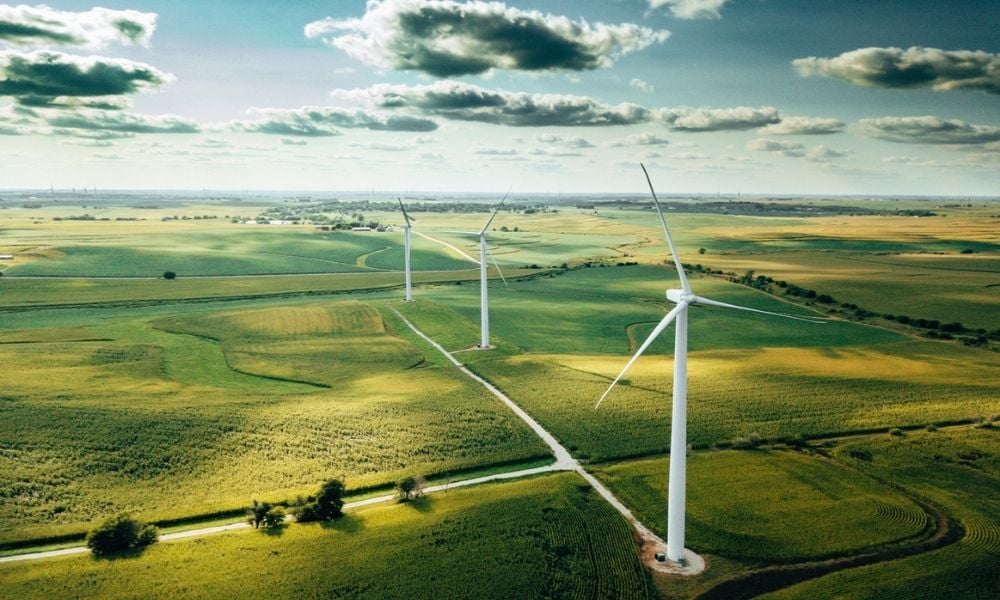Sustainability director claims there is nothing to worry about – here's why

The recent United Nations Climate Change Conference (COP26) in Glasgow generated a flood of climate pledges and promises, but nothing anyone hasn’t heard before. However, a new word has popped up that piqued the concerns of investors who were tuning in: greenflation.
Environmental, social and governance (ESG) investing has seen unprecedented growth over the past two years, and with it comes the unintended effect of greenflation – price surges inenergy, power, and minerals needed to transition to a green economy.
The more expensive the metals and minerals become to create renewable technologies, the more difficult it is to stop global warming in its tracks. Some even say the sudden push for a green economy could be the reason it fails.
However, Martin Grosskopf, director for sustainable investing at AFG Management, suggested this inflation link is “dubious,” stating that there is little to no evidence that its inflationary pressures will be here to stay.
Grosskopf argued that what is currently being observed is cyclical and ever-changing, as economic and financial markets always are. The common assumption for greenflation is that ESG strategies are directing capital away from fossil fuel sectors, but that is not necessarily the case.
In fact, most ESG funds have minor deviations in positioning from their mainstream counterparts, and this lack of deviation is expected to be sustained amid hesitance on the long-term viability of ESG initiatives.
“And while a great deal of emphasis has been placed on the few large investors who have divested from oil, gas or coal, many institutional investors continue to maintain their focus on key ESG issues,” Grosskopf said. “This has ensured that capital is not diverted away from carbon-intensive industries, and even those that have divested from their public holdings often continue to invest through private market exposure.”
Ultimately, Grosskopf assured ESG’s impact on prices will not be structural. Other regions could pioneer in other types of renewable materials and technologies as governments rush to maximize essential resources like what the Middle East did in the fossil fuel era.
“That said, recent increases in power prices within parts of Europe and in China are less indicative of inflationary forces than of the policy challenges of the transition,” Grosskopf said.
Other experts also claimed overall costs for the industry should trend downwards in due time. If anything, greenflation is the short-term result of a sudden game of a green catch-up.



